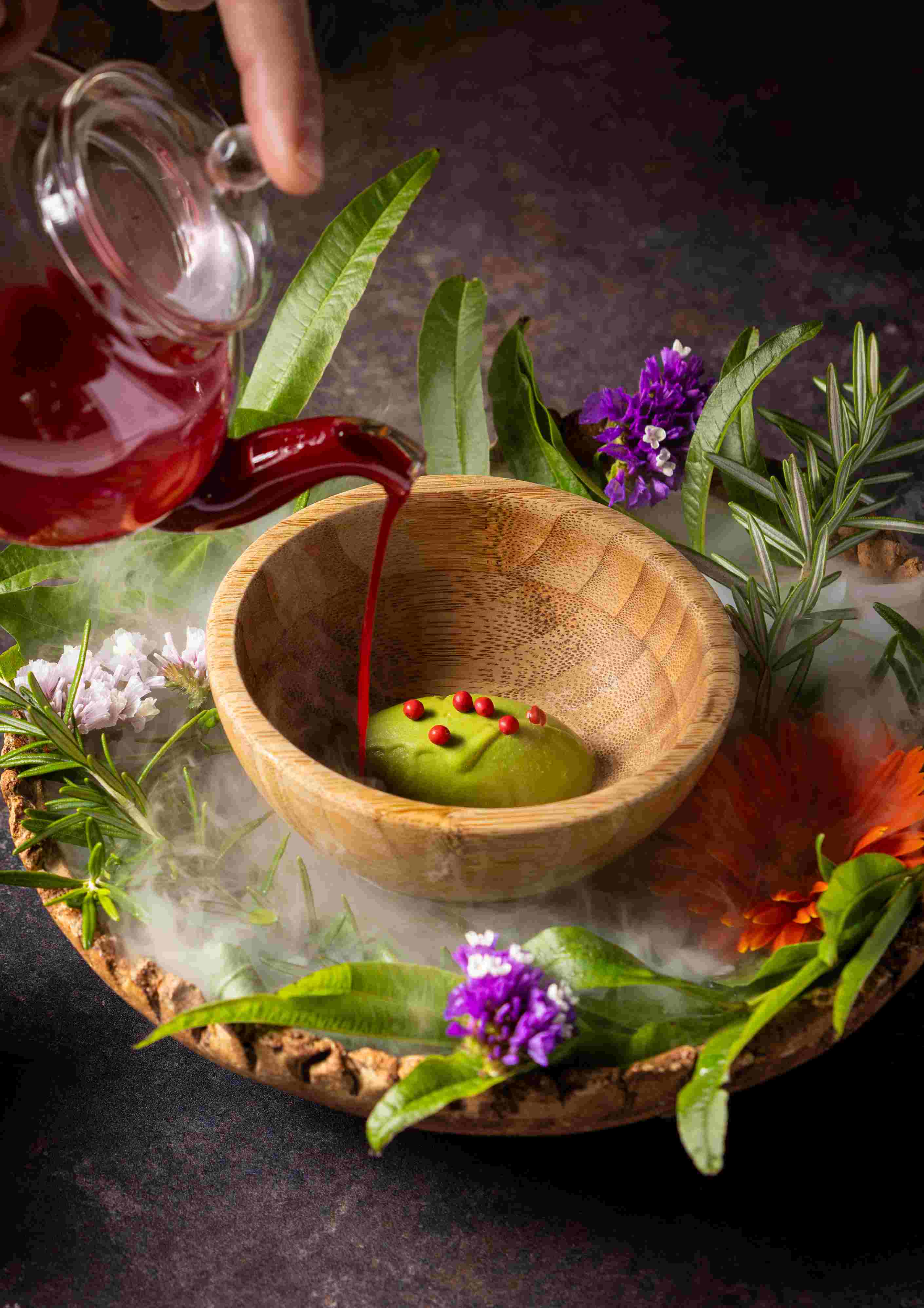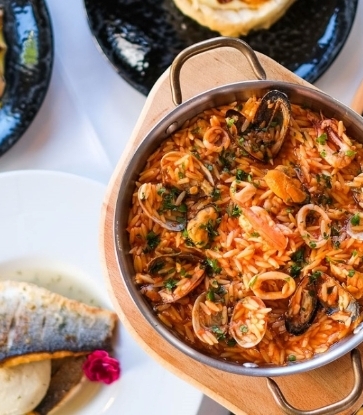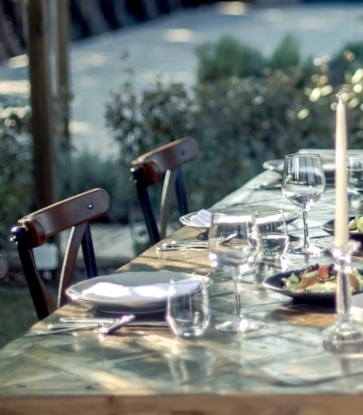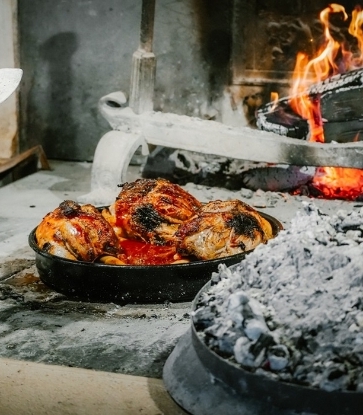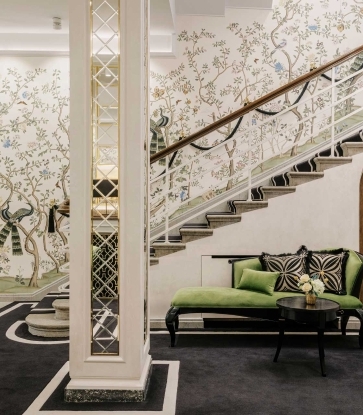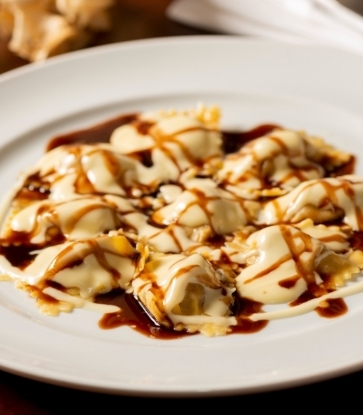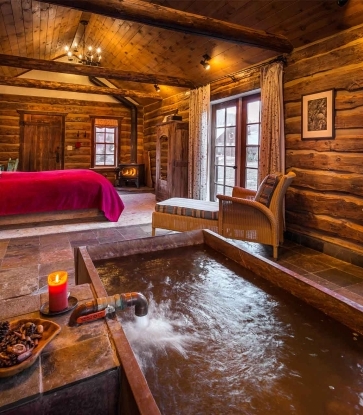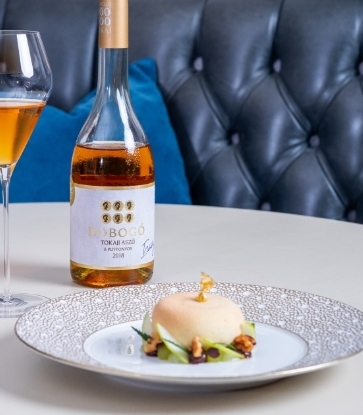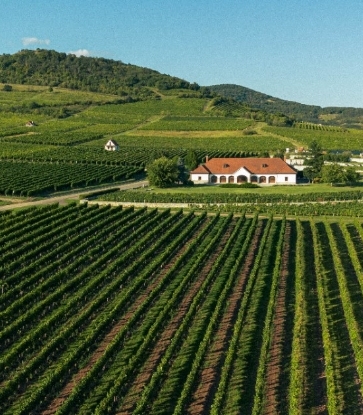Paris may top countless bucket lists, but visiting the City of Light isn’t as effortless as it looks. With its iconic architecture, unapologetic indulgence in food and wine, and an almost cinematic devotion to joie de vivre, Paris sets the bar high — and expects visitors to rise to the occasion. Beneath the beauty lies a city of unspoken codes, time-honored rituals, and a deep reverence for doing things just so, which can catch even the most well-meaning traveler off guard. If you're heading to Paris for the first time — and especially if you're here to eat — this is your essential guide to navigating the capital like a clued-in local.
1. Check The Best Time to Visit Paris
Paris is undeniably dreamy year-round — but each season casts its own distinct spell. Summer may draw the biggest crowds, but it’s also when the city feels most alive. Open-air festivals fill the parks, café terraces brim with late-night chatter, and sunseekers lounge along the Seine like it's the Riviera. Just note: come August, many small boutiques, bistros, and bakeries shutter as locals flee to the coast, though museums and major restaurants stay open for business.
Winter in Paris is quieter and more affordable — and often just as magical. Yes, the skies are gray and the chill is real, but festive markets, riverside ice rinks, cozy wine bars, and the scent of melted raclette make it feel like a secret best kept from summer crowds.
Spring and autumn are the city’s sweet spots. In April, cherry blossoms and magnolia frame the Haussmannian boulevards in soft pinks, while October wraps the city in copper and gold. The pace slows, the light softens — and Paris, always elegant, feels a touch more intimate.

2. Know Your Pâtisserie From Your Café-Brasserie
For those who do not speak French, or who are new to the city, the most important tip to learn ahead of traveling is distinguishing between the different kinds of French eateries. A café-brasserie is perhaps Paris’ most iconic style of restaurant; there's a wide variety, but it is typically an informal restaurant serving simple yet hearty food. Brasseries are often spacious, usually serving breakfast, lunch, and dinner, as well as alcoholic and non-alcoholic beverages, including coffee and tea. Traditional and historic brasseries around Paris can be popular, so booking ahead is advised.
The bistrot, or bistro in English, is often smaller and more intimate than the brasserie, and familial in style. In contrast to brasseries, bistros are often only open during lunch and dinner hours. Reservations are essential, especially for well-known establishments. Similarly to brasseries, bistros range in style, with some more rustic, laid-back, and intimate and others more contemporary and gourmet. In contrast, the restaurant gastronomique is a higher-end establishment, and often associated with luxury hotels or lauded chefs. Many are expensive, but they typically come with meticulous service standards and ambience. These restaurants often serve more affordable menus during lunch hours.
A table d’hôte (which means host’s table) is a restaurant, often attached to a hotel, that offers fixed-price menus ('menu prix fixe'). Vegetarians and vegans beware, as not all prix fixe menus offer plant-based options. Prices vary, as do styles, but the key is that the table d’hôte does not offer a variety of choice. The bar à vin, or wine bar, is the most laid-back of the bunch, offering places for guests to perch and enjoy glasses of wine and simple plates of charcuterie and fromage. Finally, at a glance: a boulangerie makes and sells bread; a pâtisserie offers sweet delicacies such as pastries and desserts; and a viennoiserie is something in between, serving sweet, flaky pastries.

3. Master Parisian Mealtimes
Parisian dining comes with many unspoken rules, which can yield devastating results for jet-lagged tourists looking for a hot meal in the mid-afternoon. A big one is that there are two service times: lunch is served typically from noon to 2 pm, and dinner is from 7 pm to 10 pm. However, this depends on the restaurant, so check opening hours before visiting.Brasseries are typically a visitor’s best bet, as they serve food continuously throughout the day and late into the evening, not just during typical French meal times — what they offer is known as 'service continu', which means all-day service. However, during peak mealtimes, brasseries may not accept customers who solely want something to drink. For those looking for 'le goûter', or afternoon snack, boulangeries and patisseries often remain open until late afternoon.
4. Perfect How To Tip in Paris
Tipping is a formidable part of any new travel experience, but in France it offers a few particularities. Tipping expectations can vary depending on the restaurant style. For both café-brasseries and bistrots, tipping is not obligatory, but 5 percent to 10 percent is customary. For gastronomic restaurants, 5 percent to 15 percent is typical, weighted more towards the higher end if the service is excellent. At the table d’hôte, tips are often not expected, but a guest’s best bet is to take cues from what others are doing — without making it too obvious you’re peering at their bill!
5. Navigate Paris Like a Local
It may seem intimidating, but public transport in Paris is quite easy; the metro is cheap and efficient, and customers can buy day passes or 'billets' for single rides. While Uber may be appealing during less-than-ideal weather, keep in mind that Paris traffic can make your ride far longer than advertized. However, the best way to get around Paris and experience its many charms is to walk from arrondissement to arrondissement, traversing the city at your pace and exploring its many nooks and crannies. There is even a term for such a wanderer: flâneur, a Baudelarian word for a stroller, and keen observer of urban life. And what better city to be a flâneur in?
Hero Image: Lively street in the 5th arrondissement of Paris© Jerome LABOUYRIE/iStock





